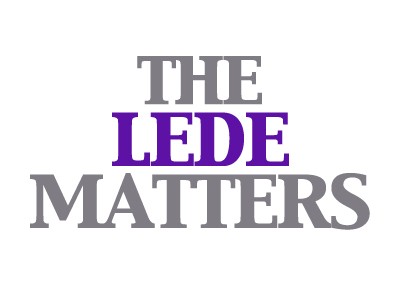Before I pick at the splinters in your writing, let me roll out a few of my logs. Here are a week’s worth of ledes from my column and daily blog:
- It is not true that the recent session of the Washington Legislature failed to accomplish anything. In fact, legislators delivered a sledgehammer to state competitiveness by killing the nearly 20-year-old research and development incentives that have helped Washington keep up with rivals worldwide.
- On average in the U.S., state personal income growth dropped to 2.6 percent last year compared with 4.2 percent the previous year.
- The G-8, which just suspended Russia, was intended to be a forum for the world’s leading industrialized nations.
- This is what it has come to: Growth in gross domestic product putt-putted along at a 2.6 percent annualized rate in the fourth quarter and the Wall Street Journal, the Bible of capitalism, pronounces it “solid.”
- The Census Bureau today released its population numbers from July 1, 2012 to July 1, 2013. Seattle-Tacoma-Bellevue ranked No. 10 in numeric growth, adding 57,514.
- Let’s stipulate that using even a few of the 8,500 nuclear weapons believed to be in Russia’s stockpile would ruin much more than the Amerikans’ bull market.
I’d give myself a C-plus for the week. Some of the ledes were pretty good and at least one was a process snoozers, only lacking “police said Wednesday” to put them into the DON’T READ ME category.
The point: Even with all our fancy new tools, the lede matters — and it often gets too little attention, particularly when the writer is moving fast. And for newbies, the spelling, l-e-d-e, is part of our heritage. In hot type days, a lead was inserted into a Linotype machine. Hence, the first paragraph is spelled lede. I like preserving little bits of our unique heritage.
Business stories are particularly vulnerable to weak ledes. The material can be dry. Even some business writers are bored with the subject matter. An argument can be made that business readers want the new news quickly, so get to it.
But working in a written medium means mastering fine writing. Consider these ledes:
Although John S. Chen is relatively new to the roles of executive chairman and chief executive of BlackBerry, the Canadian smartphone maker, on Friday he presided over what has become almost a ritual for the company when he announced a fourth-quarter net loss of $423 million, bringing the total loss for the company’s fiscal year to $5.9 billion.
That’s from the New York Times reporting on a breaking hard-news story. But note how the reporter weaves in the element of the new CEO, uses the interesting word “ritual,” throws in what Blackberry does in case the reader doesn’t know — all before dropping the astounding loss number. She or he could have written, “Blackberry on Friday reported a fourth-quarter net loss of $423 million, making the company’s total loss for the fiscal year $5.9 billion.” Snooze. The NYT lede is better.
Or how about this Wall Street Journal follow-up on Citi failing the Fed’s “stress test”:
The phone rang when Michael Corbat was half a world away in South Korea.
One simple sentence and I’m hooked. The story goes on to put the reader on the inside of the bank’s damage-control effort.
Let’s check out the Washington Post’s Wonkblog:
This year’s Ivy League admissions totals are in. The 8.9 percent acceptance rate is impressively exclusive, but compared to landing a job at Wal-Mart, getting into the Ivy Leagues is a cakewalk.
Wow — I’ll read that. The reporter can be dinged for using a cliche (cake walk), but it is in the service of a clear, direct sentence that conveys interesting information.
Over at FiveThirtyEight, Nate Silver’s data-driven new blog, decent writing still matters, as this story shows:
We tend to assume the market for health care works differently from, say, the market for refrigerators. When people buy a refrigerator, they compare product features and prices and make their decision. But when people are choosing a health care provider, it’s harder to compare “product” features. How good is one hospital compared to another when it comes to care? What are you really buying? And how can you find these things out?
This isn’t A.J. Liebling, but the writer has produced an informative lede that also contains tension and a promise. That is, read on — we’ve all wondered about this question — and the story will answer the questions laid out by the lede. (Some purists say a lede should never have a question).
Finally, this from the Charlotte Observer:
The trucks carrying toxic coal ash began rumbling past Woodrow Mack’s Asheville-area home about three years ago.
The story is about a plan to bury coal ash at the Charlotte airport, something already being done in the ironically named Asheville. It is a classic anecdotal lede and works well to set a scene and draw us in. My only quibble would be to substitute “home near Asheville” for the clunky “Asheville-area.” Otherwise, well done.
These are a few examples of turning hard business news into something compelling from the start. Dumping a bucket of numbers on the reader followed by an attribution is worse than lazy. It breaks a cardinal rule: Make business news worth reading not only for hard-core business readers, but for everybody.










